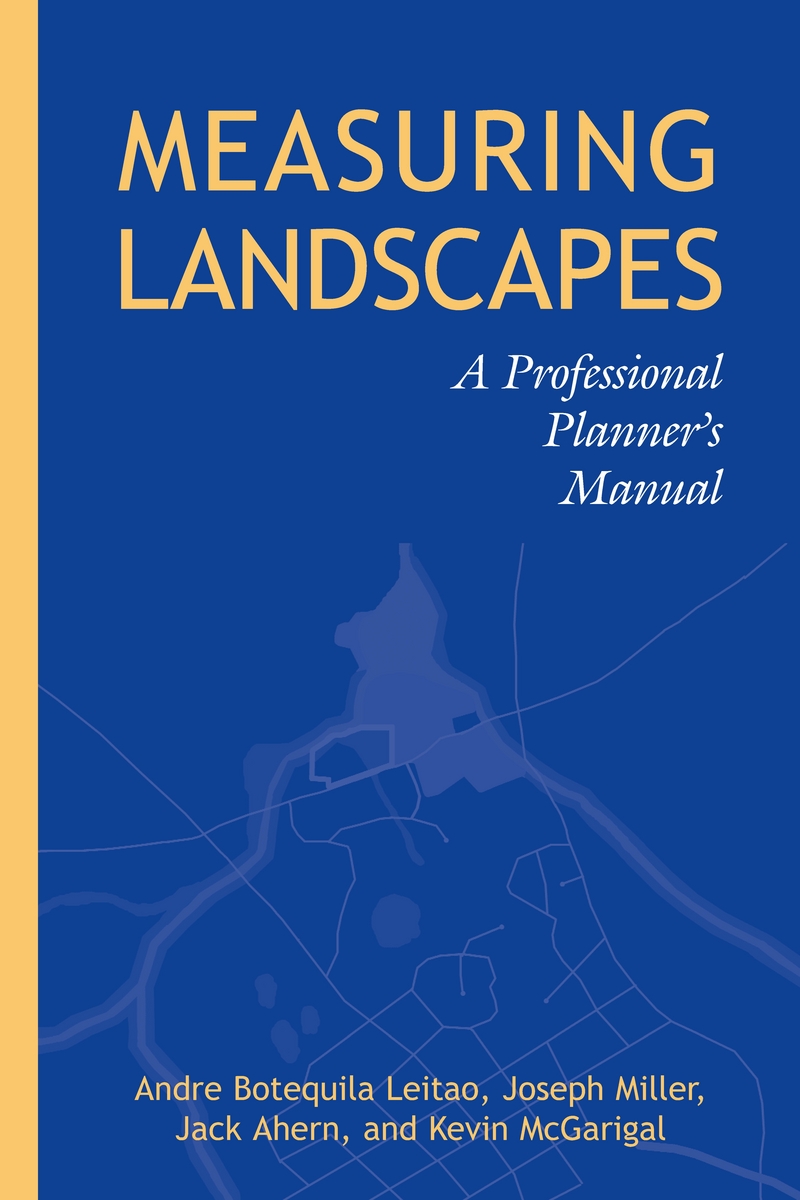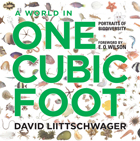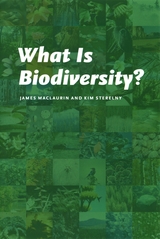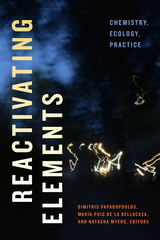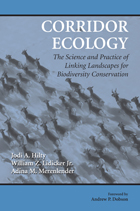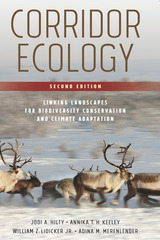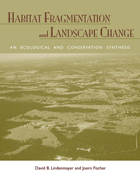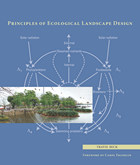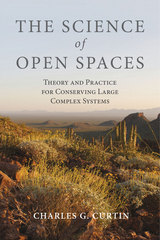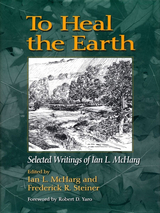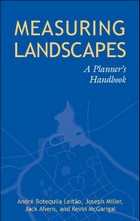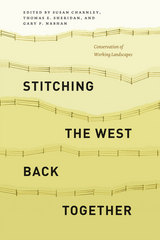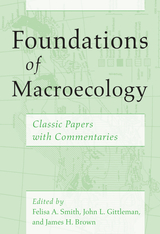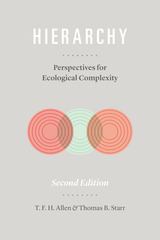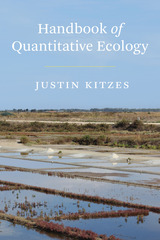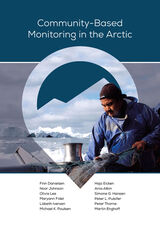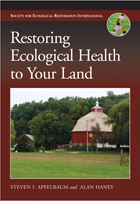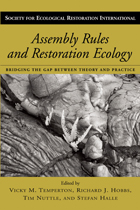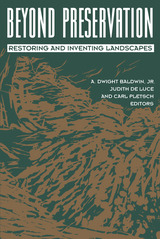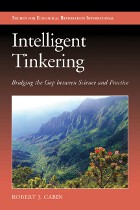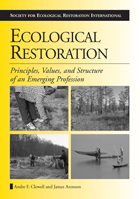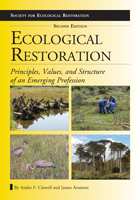Measuring Landscapes: A Planner's Handbook
Island Press, 2006
eISBN: 978-1-59726-772-4 | Paper: 978-1-55963-899-9 | Cloth: 978-1-59726-086-2
Library of Congress Classification QH541.15.L35M43 2006
Dewey Decimal Classification 333.9516
eISBN: 978-1-59726-772-4 | Paper: 978-1-55963-899-9 | Cloth: 978-1-59726-086-2
Library of Congress Classification QH541.15.L35M43 2006
Dewey Decimal Classification 333.9516
ABOUT THIS BOOK | AUTHOR BIOGRAPHY | REVIEWS | TOC | REQUEST ACCESSIBLE FILE
ABOUT THIS BOOK
This practical handbook bridges the gap between those scientists who study landscapes and the planners and conservationists who must then decide how best to preserve and build environmentally-sound habitats. Until now, only a small portion of the relevant science has influenced the decision-making arenas where the future of our landscapes is debated and decided.
The authors explain specific tools and concepts to measure a landscape's structure, form, and change over time. Metrics studied include patch richness, class area proportion, patch number and density, mean patch size, shape, radius of gyration, contagion, edge contrast, nearest neighbor distance, and proximity. These measures will help planners and conservationists make better land use decisions for the future.
The authors explain specific tools and concepts to measure a landscape's structure, form, and change over time. Metrics studied include patch richness, class area proportion, patch number and density, mean patch size, shape, radius of gyration, contagion, edge contrast, nearest neighbor distance, and proximity. These measures will help planners and conservationists make better land use decisions for the future.
See other books on: Ecological landscape design | Land use | Landscape ecology | Planning | Sustainable development
See other titles from Island Press
